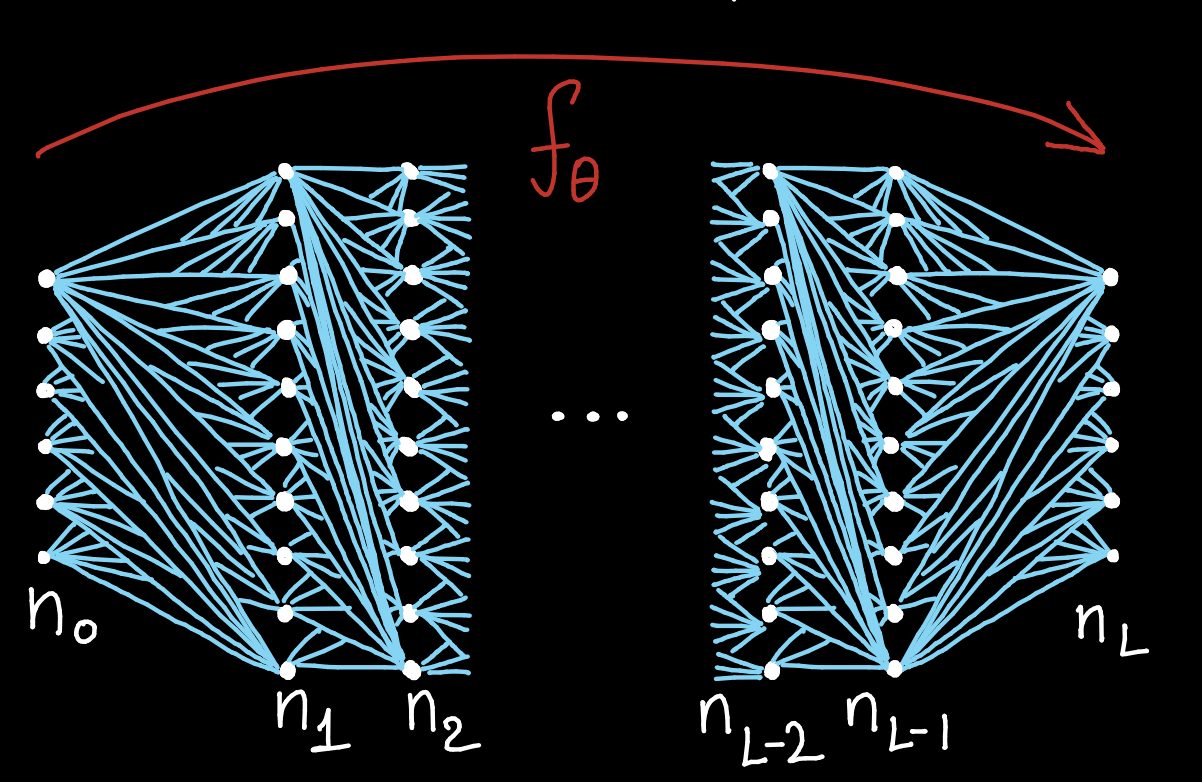
Data Science and Learning
Numerical linear algebra and high-performance computing, low-rank matrix and tensor techniques, computational differential geometry, eigenvalue problems, high-performance computing, and model reduction.
Statistical methodology, causal inference, survival analysis, longitudinal data analysis epidemiologic methods, mediation analysis, randomized experiments
Mathematical physics, probability, statistical mechanics, field theories, conformal symmetry, complex analysis, lattice models, exactly solvable models, neural networks.
Chair of Dynamics of Learning Algorithms (DOLA)
Lénaïc Chizat
Lénaïc Chizat
Analysis of gradient-based learning. Optimization in the space of measures. Algorithmic regularization. Over-parameterization. Computational and statistical optimal transport.
Deparis Group
Numerical Analysis of PDEs, parallel computing, reduced order modeling. Applications to the simulaiton of the Cardio-vascular system.
High-order and spectral methods for PDEs, Numerical analysis for time-dependent PDEs, Reduced order methods, Computational wave problems, Machine learning in scientific applications, High performance and parallel computing, Computational science and engineering.
Fundamental limits and algorithms for data processing and machine learning. Statistics, discrete probability, learning theory, information theory, algorithms.
Theory and applications of optimization in continuous variables, with a focus on geometry and non-convexity; aspects of numerical analysis and statistical estimation through the lens of optimization and geometry.
Statistics for big and heterogeneous data sets. Analysis of time series, random fields and point processes. Statistics of network data. Ethics of data science.
Development of statistical methodology, investigation of probability models and analysis of data that arise in natural sciences.
Anthony Davison has published on a wide range of topics in statistical theory and methods, and on environmental, biological and financial applications. His current main research interests are statistics of extremes, likelihood asymptotics.